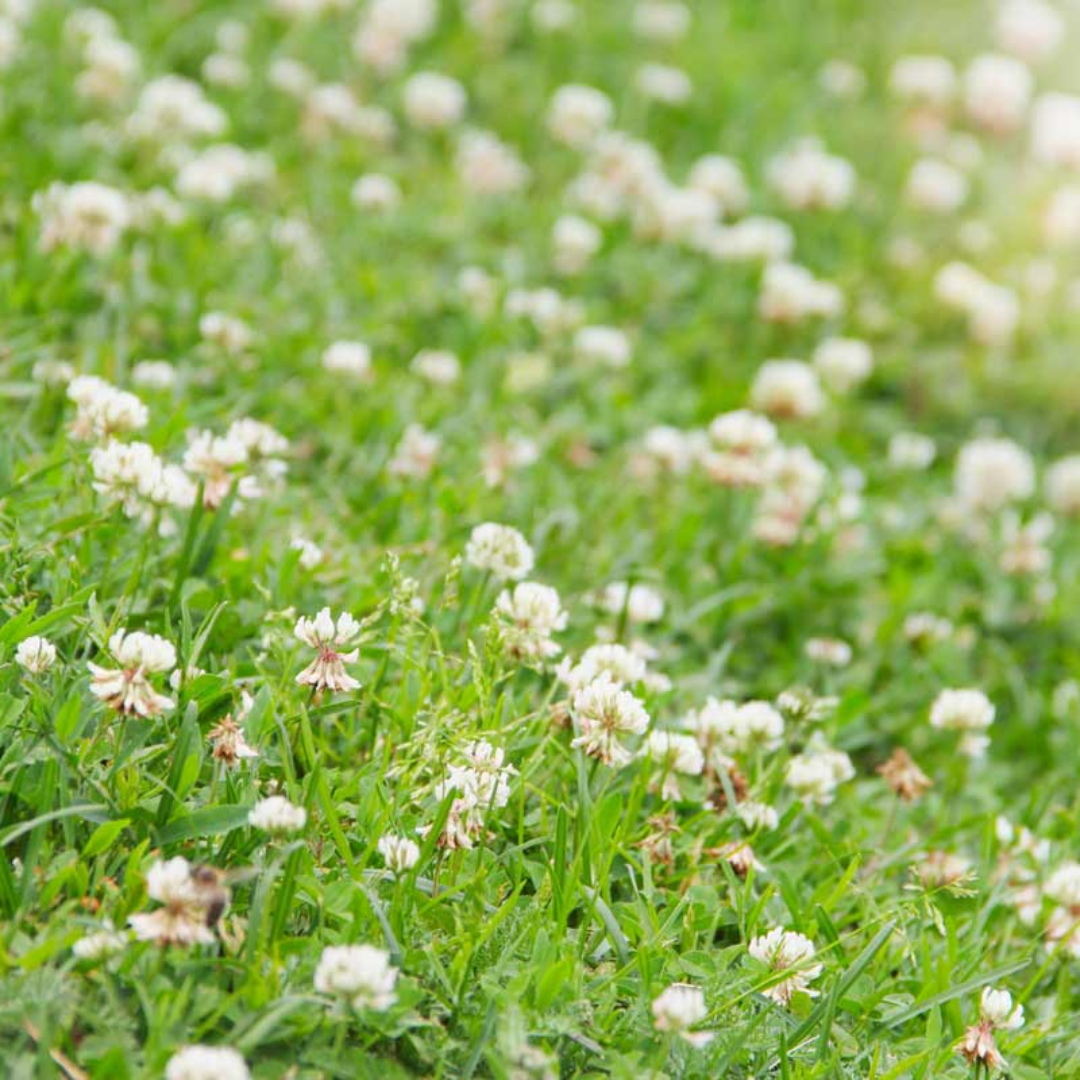NEWS
How to Make Your Yard More Sustainable

It’s time to shift our thinking about lawn care. In America, we consider a lush, green turf lawn the ultimate socio-economic status symbol. A perfectly manicured grass-only lawn does not come naturally and grass is not meant to grow in isolation. Not only do lawns require a substantial amount of time and energy, they are expensive and require chemicals that have negative impacts on our environment.
40% of Westport properties contain wetlands, so the use of fertilizers and pesticides often end up downstream in the Long Island Sound impacting water quality and all levels of the ecosystem. In addition to polluting our waterways, lawn chemicals also poison us and our pets. The Guardian recently reported that more than 80% of urine samples drawn from children and adults in a US health study contained a weed killing chemical, glyphosate, which has been linked to cancer. This is the active ingredient in herbicides sold around the world, including the widely used Roundup brand.
Lush lawns require massive amounts of water (watering the lawn generally accounts for 50 percent to 75 percent of a home’s water use during the summer). The lack of diversity in a picture-perfect lawn downgrades our watershed and does not nurture the ecosystems needed to support wildlife like bees, butterflies, birds, and other insects. A biodiverse lawn, full of clover and other “weeds,” improves our soil quality, provides pollen to support wildlife, and results in a more resilient, reparative, and low maintenance yard.
So what do you do? Unfortunately, we can’t just stop mowing. That would only yield a mess.
SIMPLE STEPS
- Raise the mower blade to a cutting height of three and a half or four inches
- Decrease watering and skip the chemicals and pesticides
- Top-dress your lawn in a half inch of compost to increase the biological activity in the soil, to support the grass naturally
- Reduce the total square footage of your lawn and replace it with something else entirely like a native planting meadow or stone patio
MAKE A RADICAL SHIFT
Many lawn alternatives are low-maintenance and naturally attract birds, bees, butterflies, and other beneficial insects. An “eco-lawn” or “low-mow” grass blends grow in spring and fall, and once established, only require mowing once or twice a year. Another alternative: clover, which can adapt to semi-shade and provides some pollinator benefits, because it flowers.
It’s time to turn our lawns into productive plant communities! Learn more about maintaining a healthy and sustainable lawn on our website here.